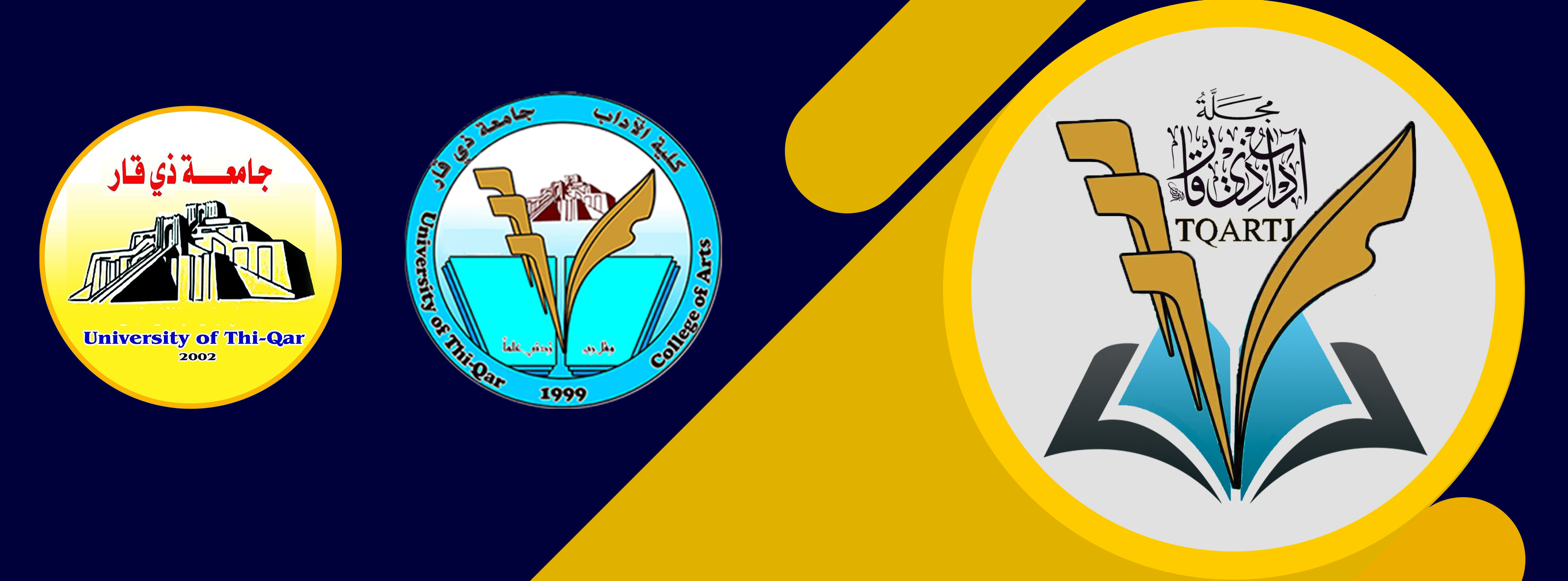The political and security role of the military institution in Libya after the 2011 Libyan revolution
DOI:
https://doi.org/10.32792/tqartj.v2i36.270Abstract
The Libyan revolution began with demonstrations on the fifteenth of February 2011, after the protests that took place in Tunisia and Egypt, as it gave it a great impetus to move towards the overthrow of the Libyan political system (Gaddafi). It was clear that the military establishment either encouraged the democratization process by not interfering in the process of transformation, as happened in Tunisia, or it launched a bloody war. There is no doubt that the protest movements in Libya have prolonged, prompting the international community to intervene through NATO forces, as this alliance provided air cover to protect the Libyan opposition, headed by the Transitional Council, which achieved great success by seizing large areas of Libyan territory, and these protests are but The aim was to change the Libyan political system.
Although the military institution is represented by the armed forces in all Arab countries that have witnessed revolutions that have found themselves facing the protests, their armies have taken different positions. For example, in Libya, the army was divided and battalions were formed that fought a war against the head of the regime, which led to the fall of the regime and the spread of weapons between parties.
This resulted in the existence of conflicting forces seeking to rule in the country.
Downloads
Downloads
Published
Issue
Section
License
Copyright (c) 2021 ا.م.د.هاني عبيد زباري

This work is licensed under a Creative Commons Attribution 4.0 International License.
The journal applies the license of CC BY (a Creative Commons Attribution International license). This license allows authors to keep ownership of the copyright of their papers. But this license permits any user to download, print out, extract, reuse, archive, and distribute the article, so long as appropriate credit is given to the authors and the source of the work. The license ensures that the article will be available as widely as possible and that the article can be included in any scientific archive.



















